Need advice, planting new camellias this weekend
mwiegers
16 years ago
Related Stories

LIFEGet the Family to Pitch In: A Mom’s Advice on Chores
Foster teamwork and a sense of ownership about housekeeping to lighten your load and even boost togetherness
Full Story
DECORATING GUIDES10 Design Tips Learned From the Worst Advice Ever
If these Houzzers’ tales don’t bolster the courage of your design convictions, nothing will
Full Story
HEALTHY HOMEHow to Childproof Your Home: Expert Advice
Safety strategies, Part 1: Get the lowdown from the pros on which areas of the home need locks, lids, gates and more
Full Story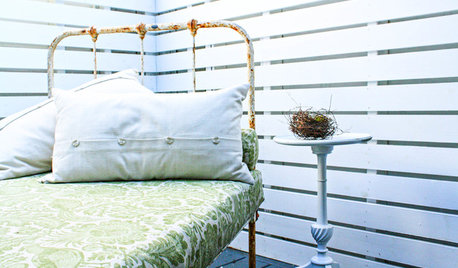
MOST POPULAR10 Steps to a Happier Weekend
Savor your precious days off while still checking off to-do’s by following this simple plan
Full Story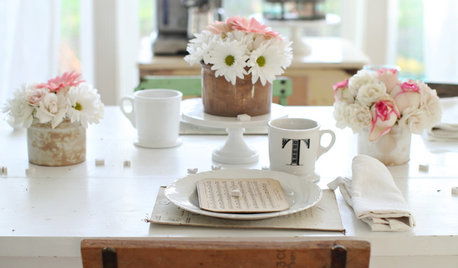
ENTERTAININGSummer Living: How to Welcome Weekend Guests
Thoughtful touches and smart planning make summer visitors feel right at home
Full Story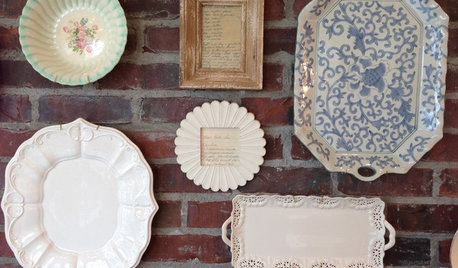
DIY PROJECTS10 Home Projects to Work On Over Your Holiday Weekend
Make the most of your time windfall by accomplishing one of your back-burner tasks
Full Story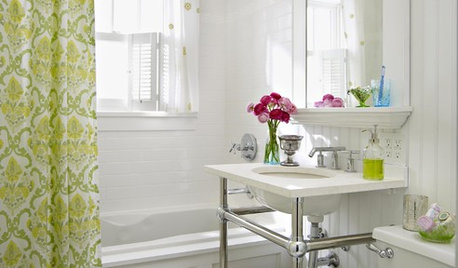
BATHROOM MAKEOVERSMini Bathroom Makeovers You Can Conquer in a Weekend
Perk up your tired-looking bathroom with these simple styling tricks
Full Story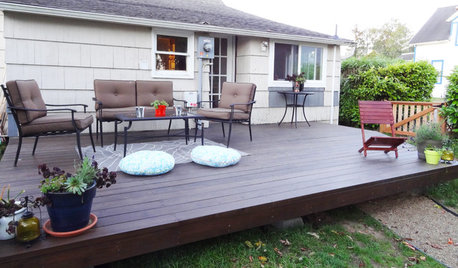
GARDENING AND LANDSCAPINGBuild a Beautiful Platform Deck in a Weekend
Create a polished outdoor space for entertaining by building a basic DIY platform deck in your own backyard
Full Story
GARDENING GUIDESWe Bust 4 More Native Plant Myths
Have you been taken in by these fallacies about gardening with native plants?
Full Story
GARDENING GUIDESGreat Design Plant: Milkweed
Quit cringing. This not-weed plant is a sight to behold in the garden, has a delicious vanilla scent and is a magnet for butterflies
Full StoryMore Discussions






forrestal
winterose
Related Professionals
Piqua Landscape Architects & Landscape Designers · Paradise Landscape Architects & Landscape Designers · Dinuba Landscape Contractors · Lemont Landscape Contractors · Longmont Landscape Contractors · Newnan Landscape Contractors · Northbridge Landscape Contractors · Oklahoma City Landscape Contractors · Rockwall Landscape Contractors · Soddy Daisy Landscape Contractors · Thornton Landscape Contractors · Casselberry Landscape Contractors · Malden Swimming Pool Builders · Santa Paula Swimming Pool Builders · Thousand Oaks Swimming Pool Buildersluis_pr
katrina1
steve_nj